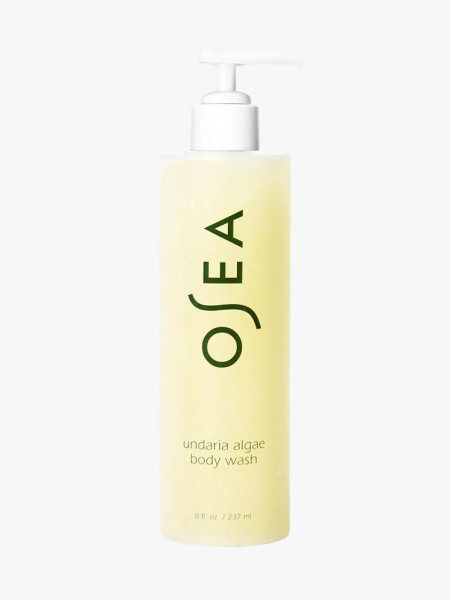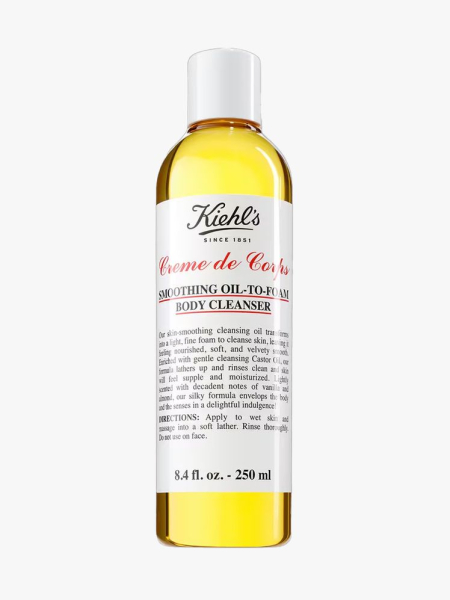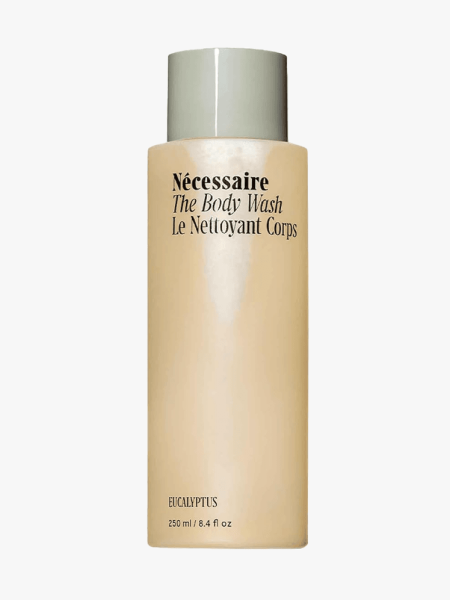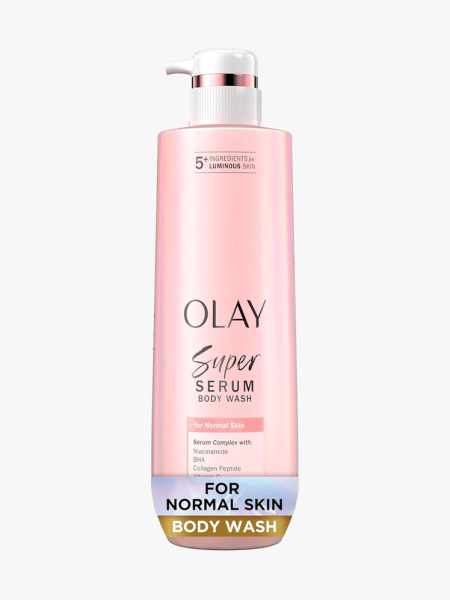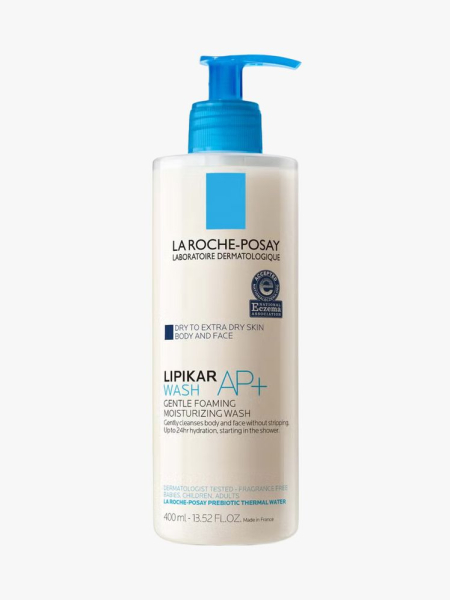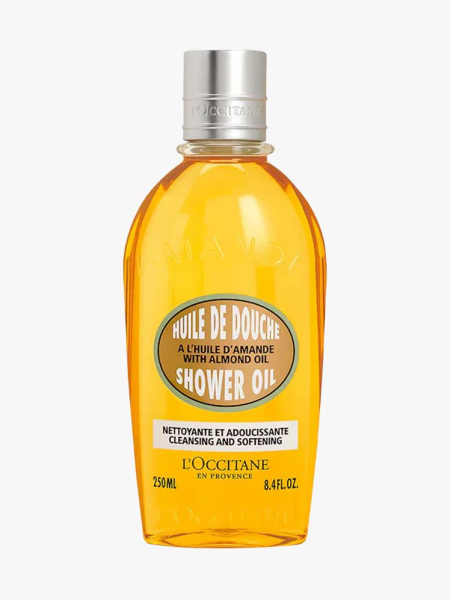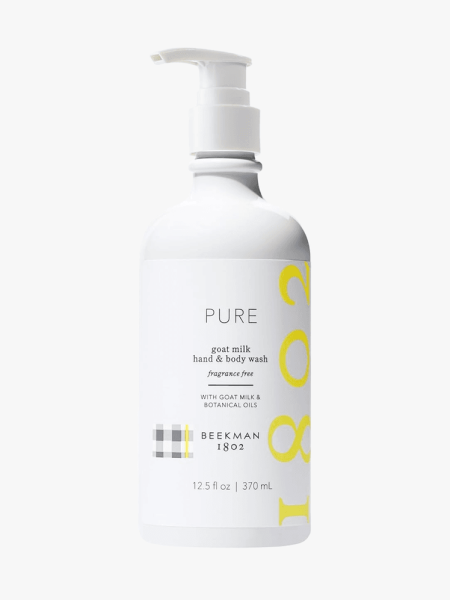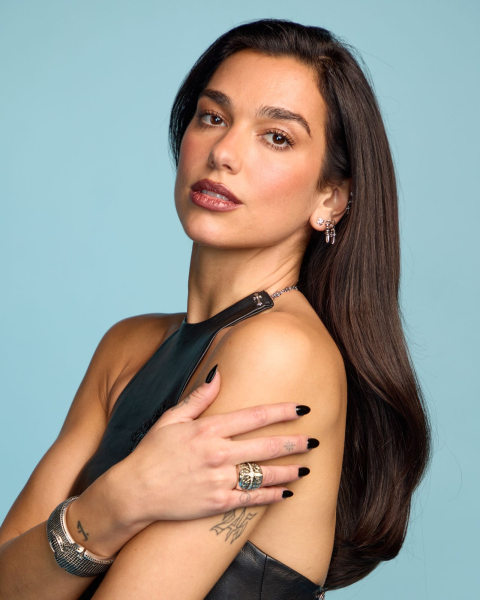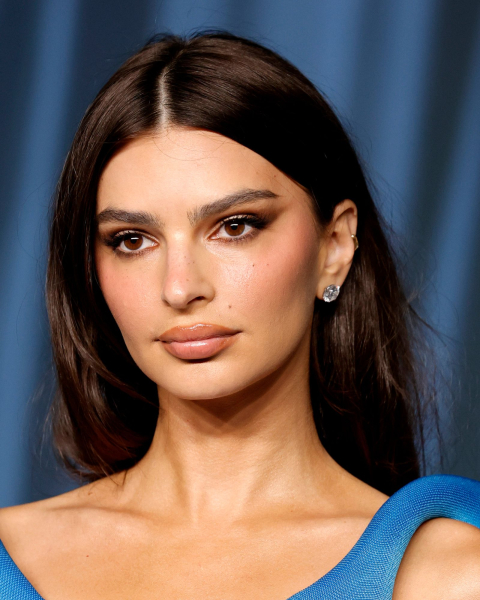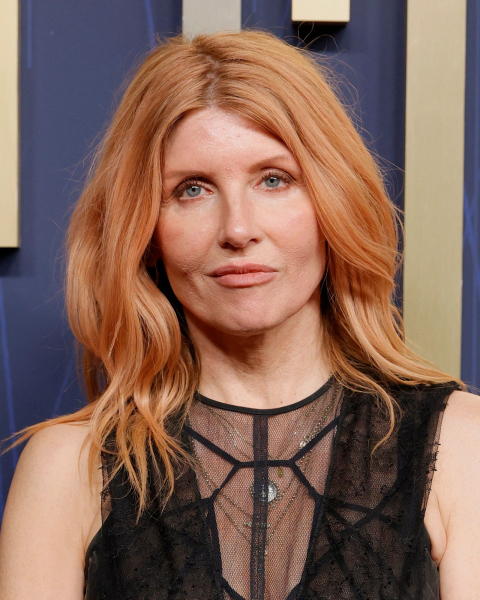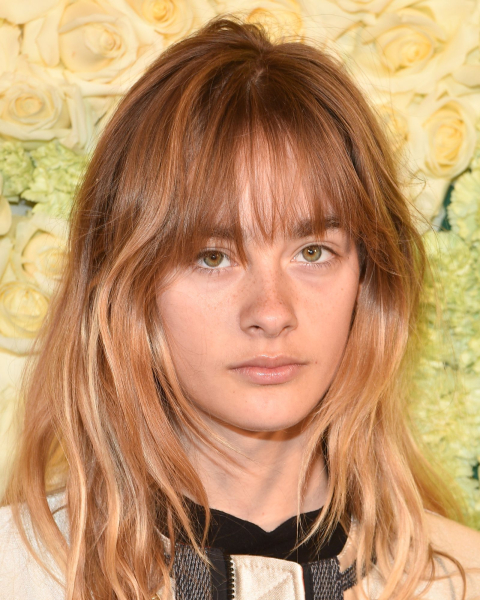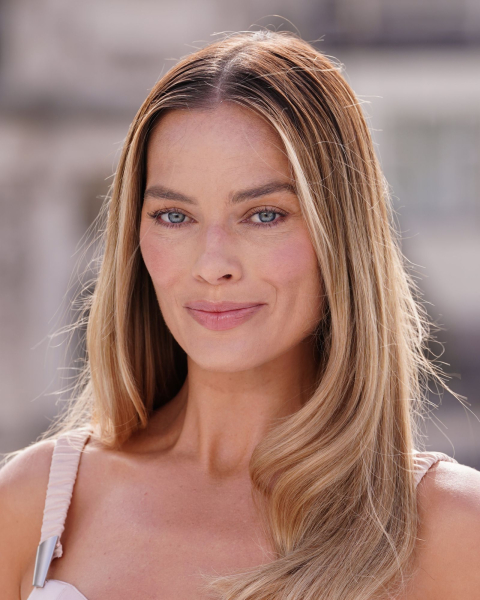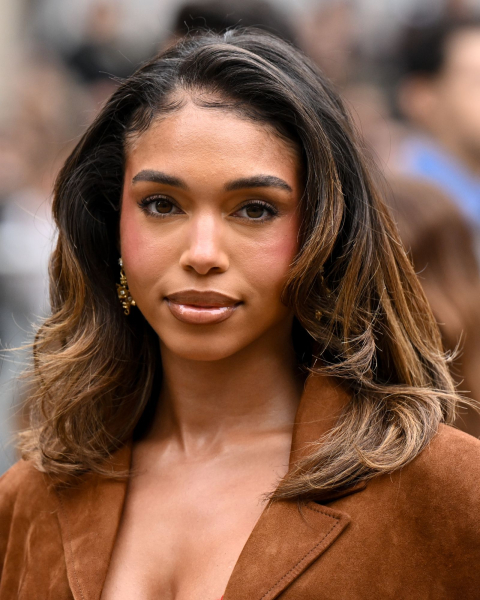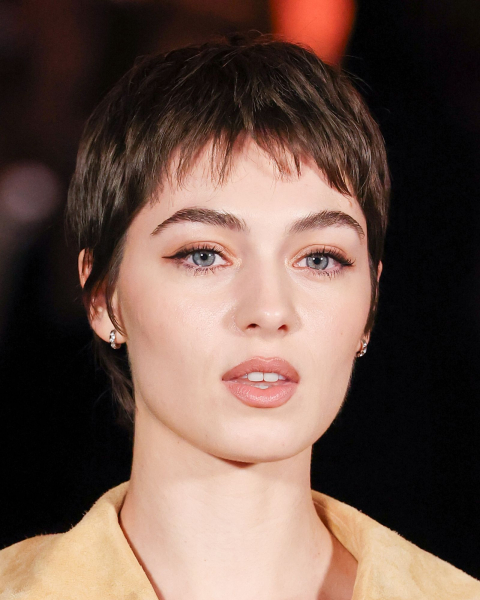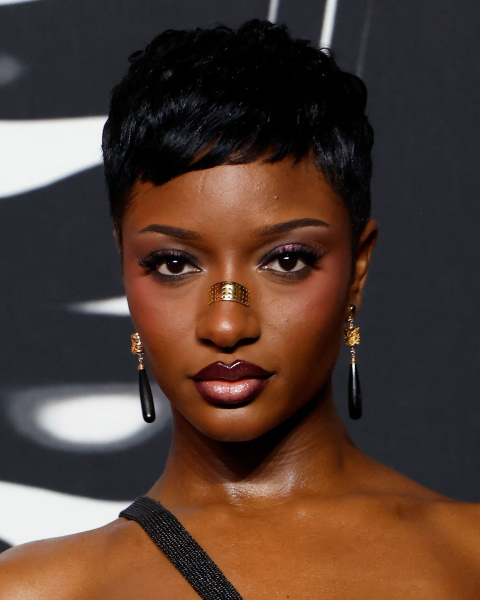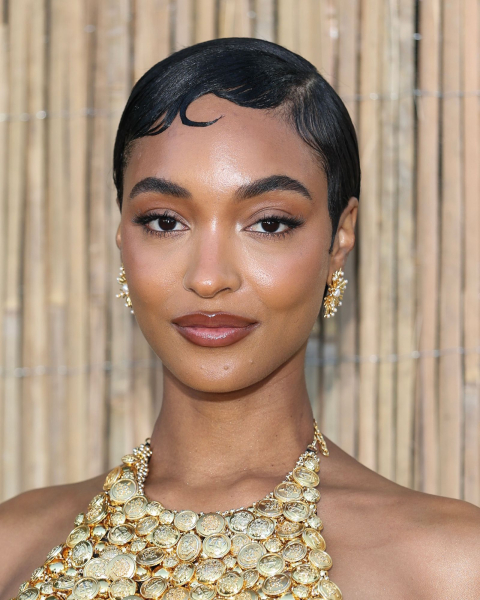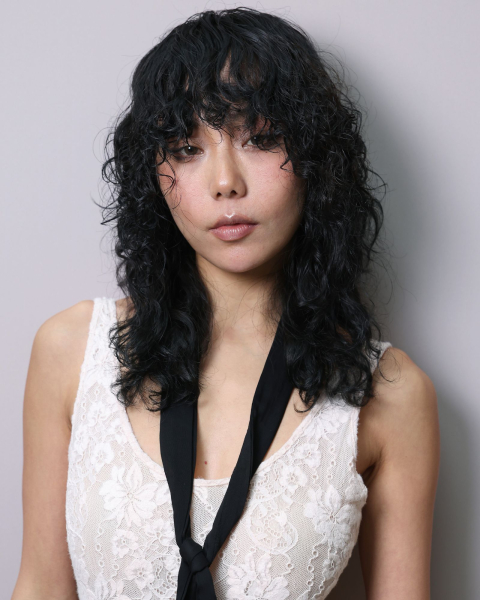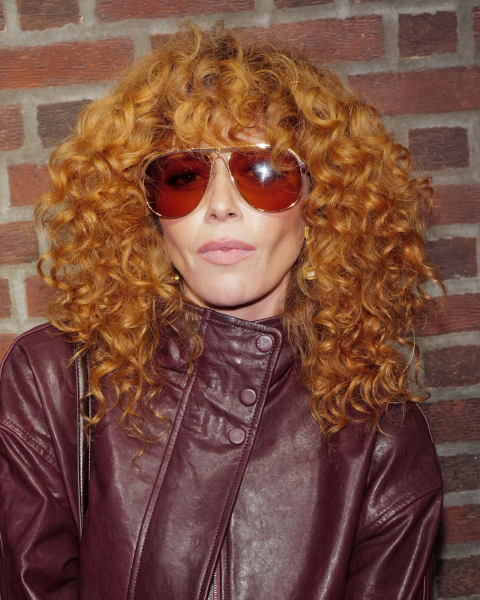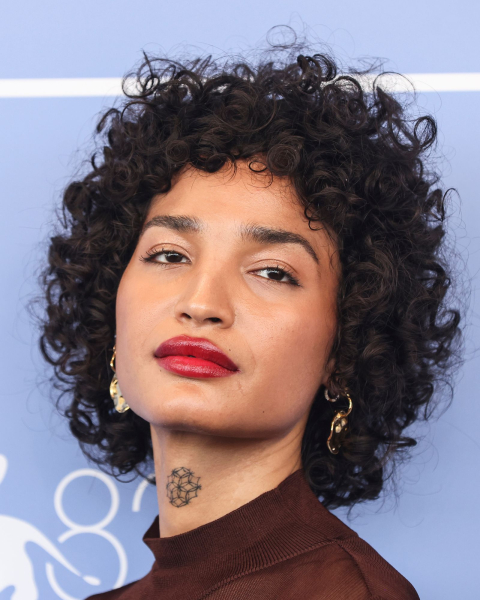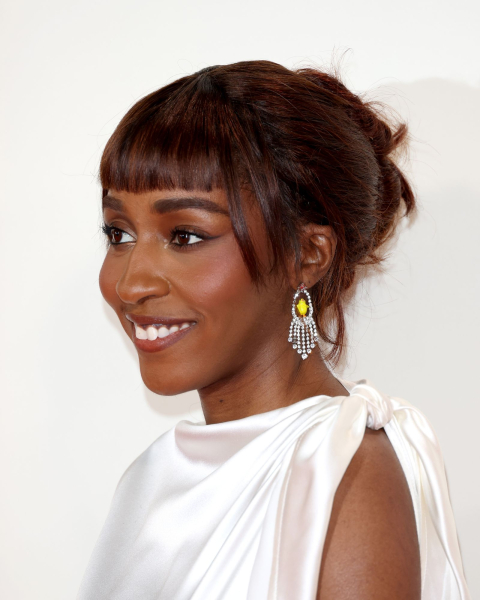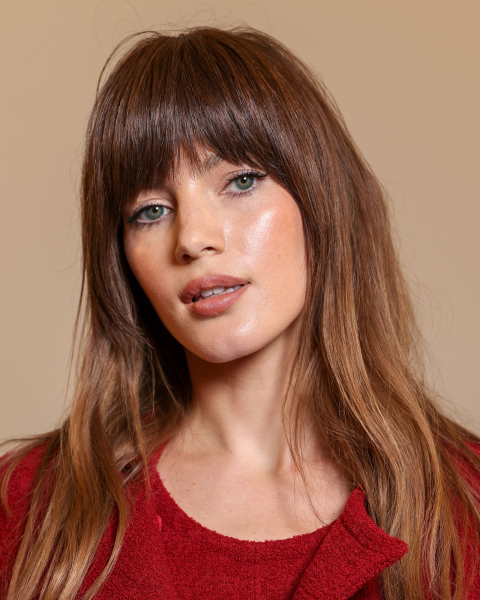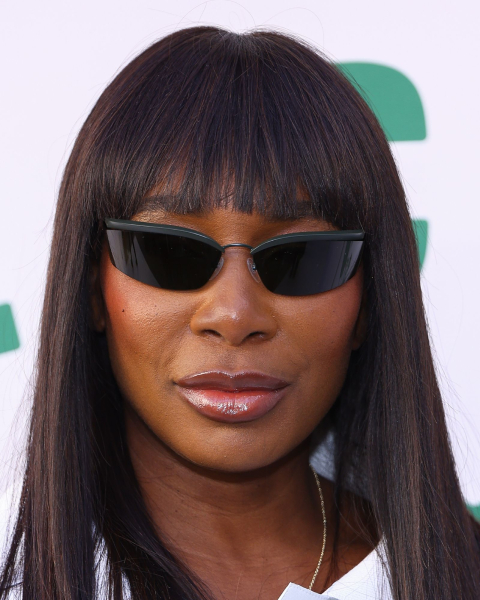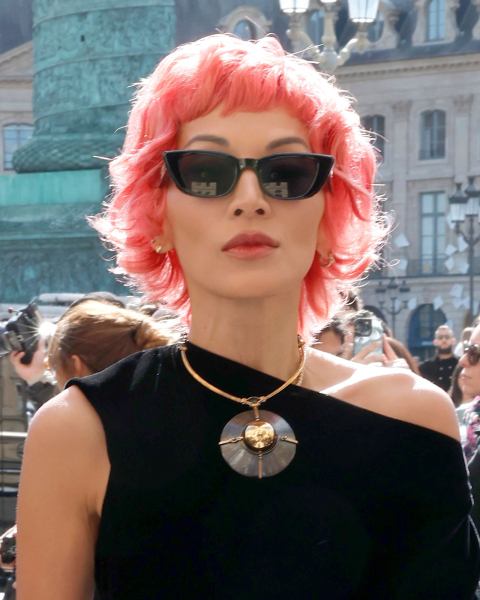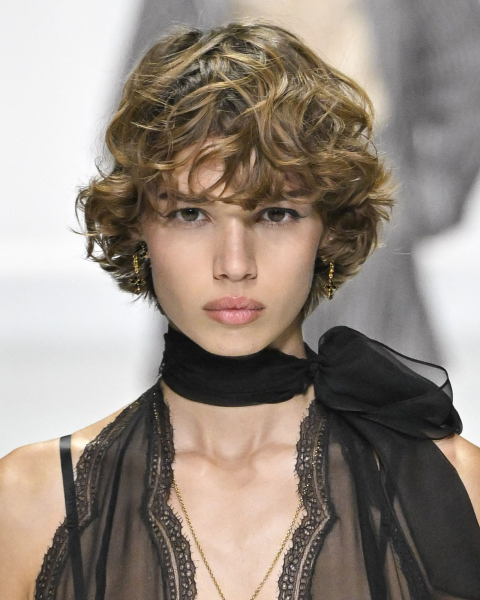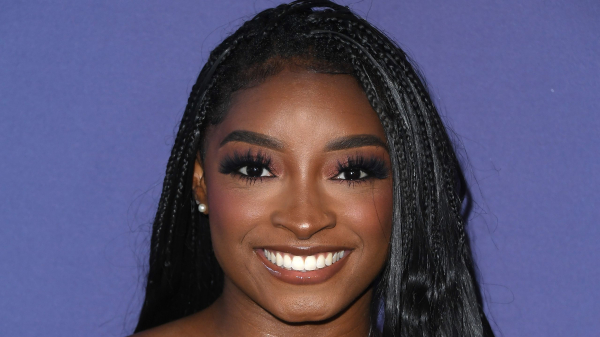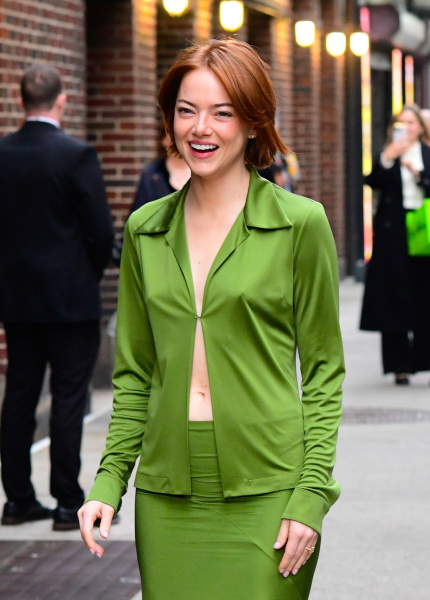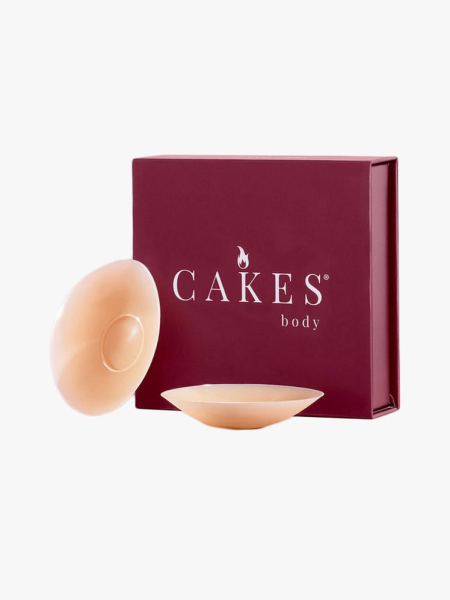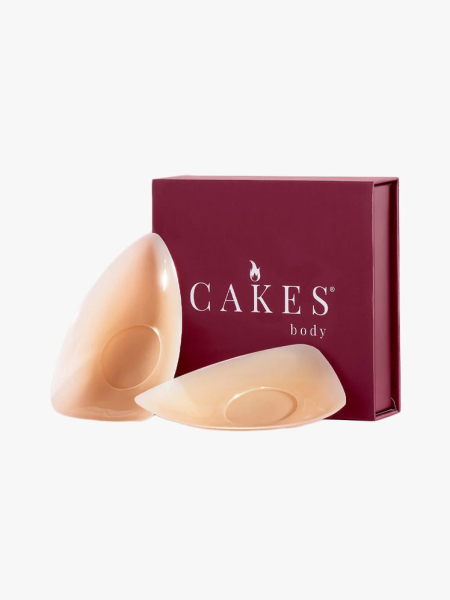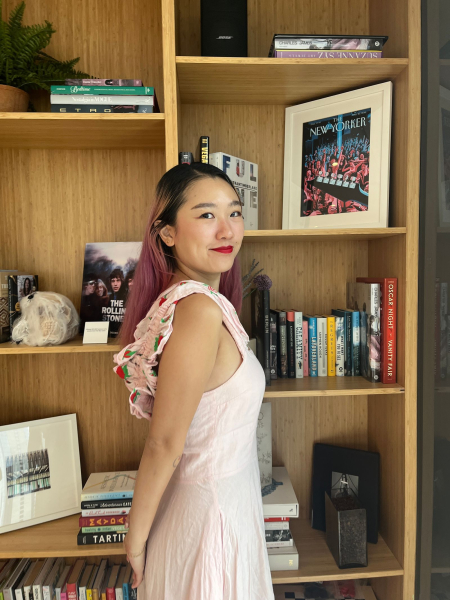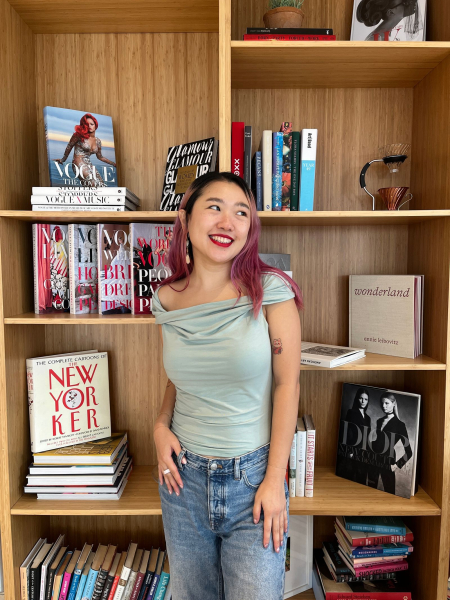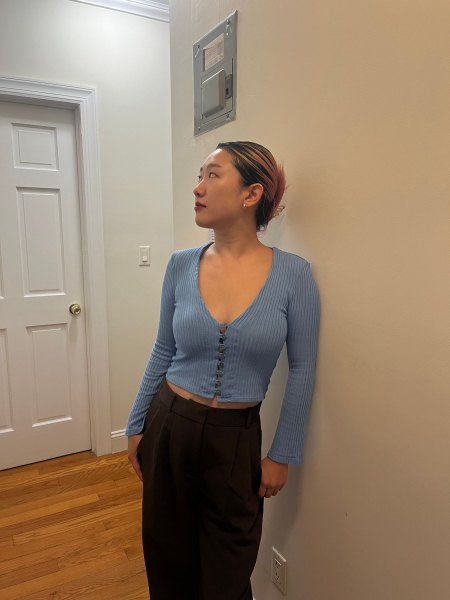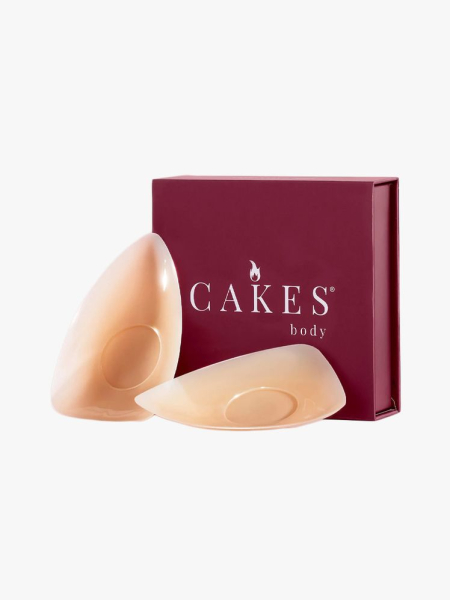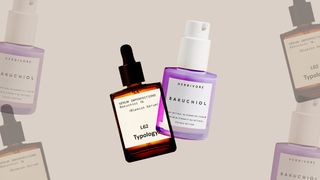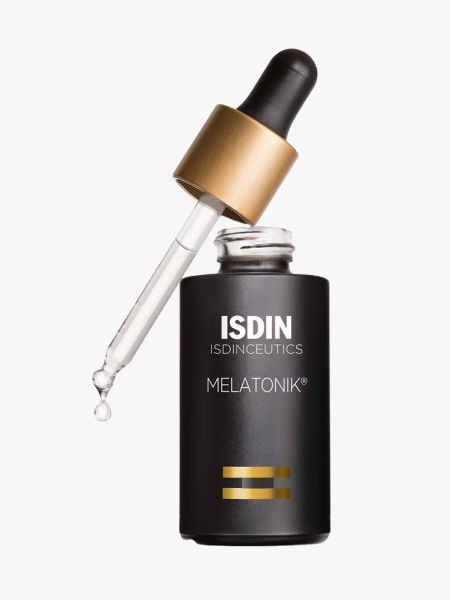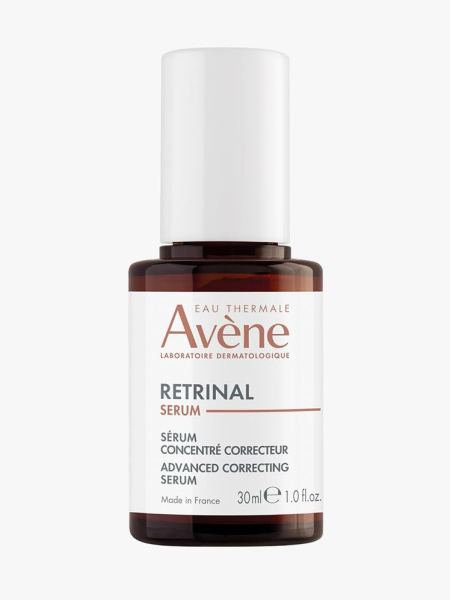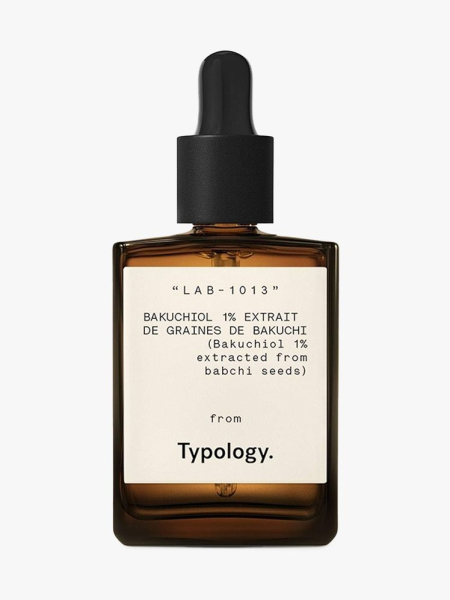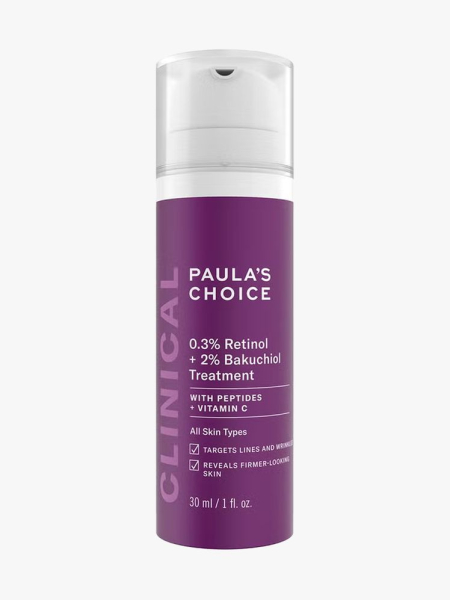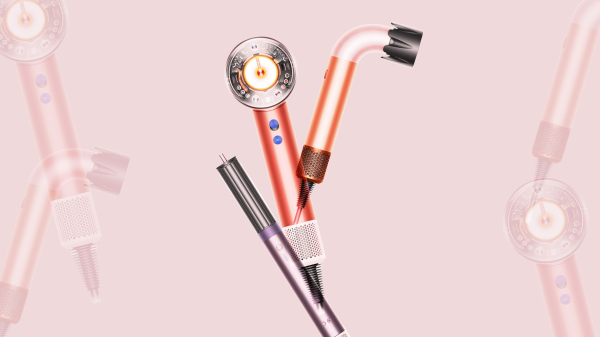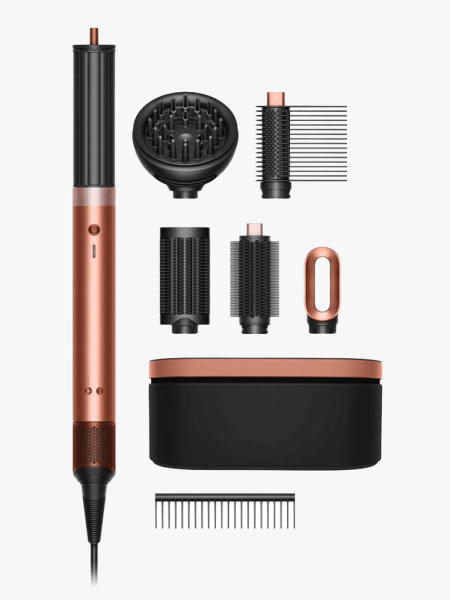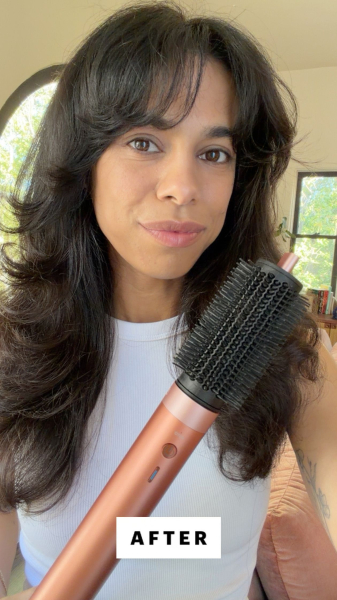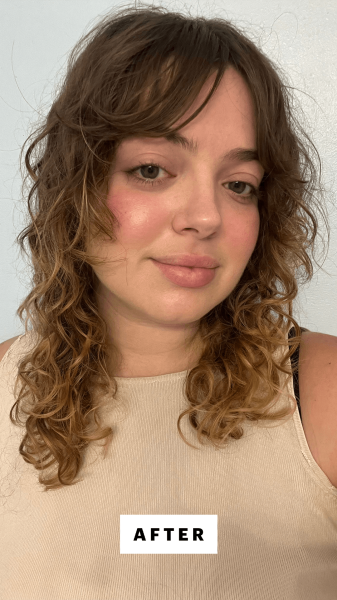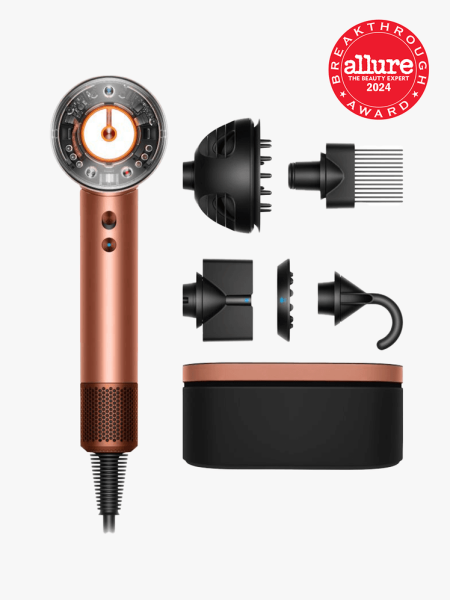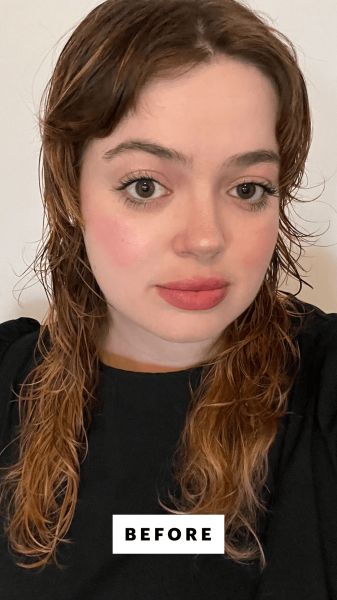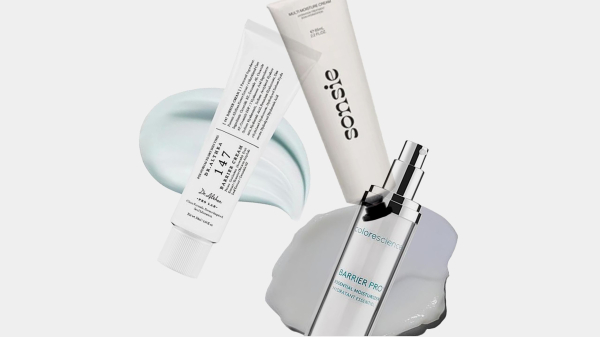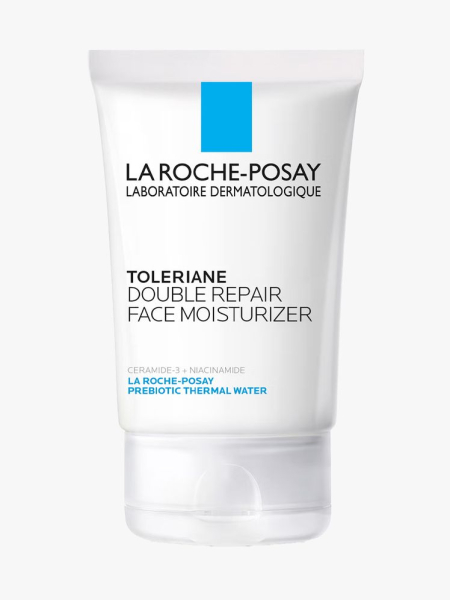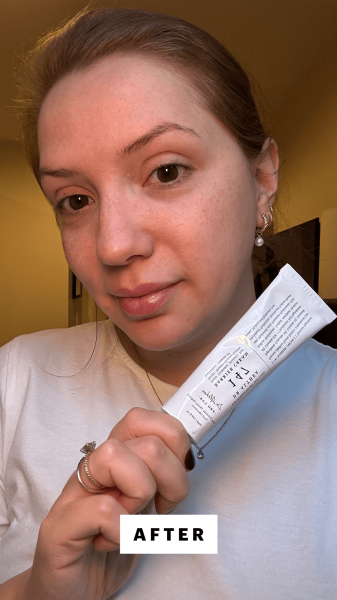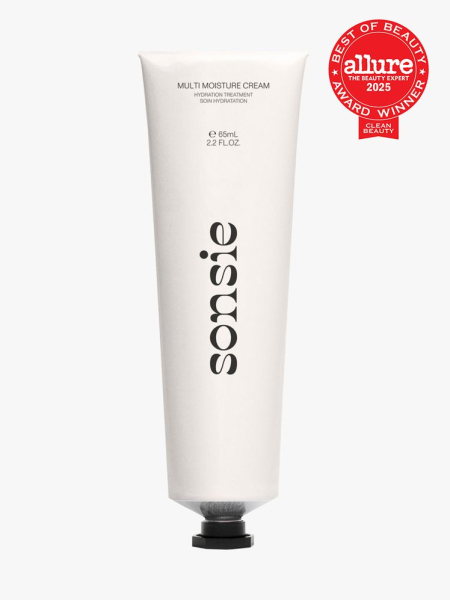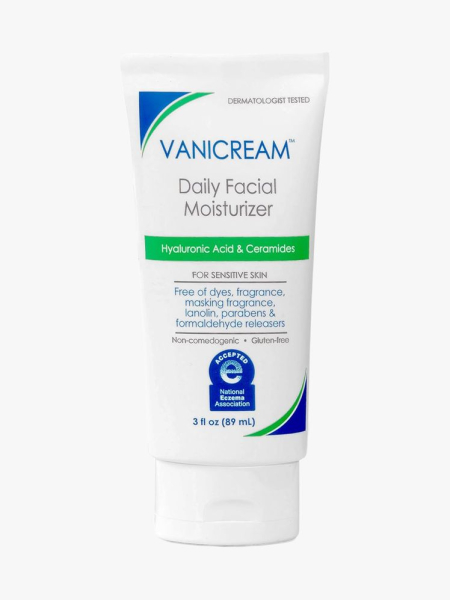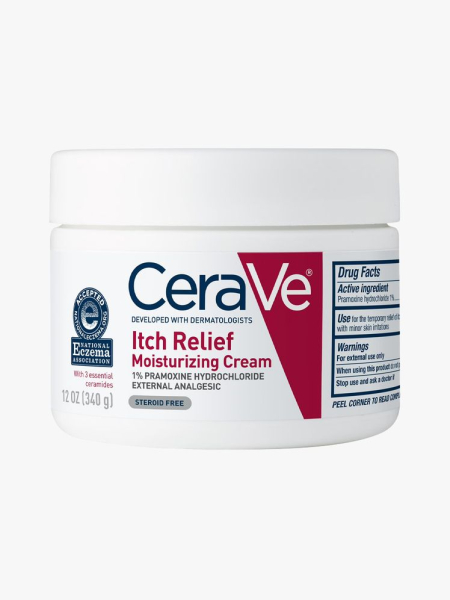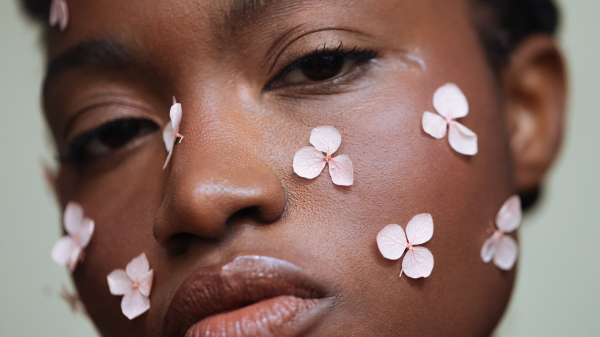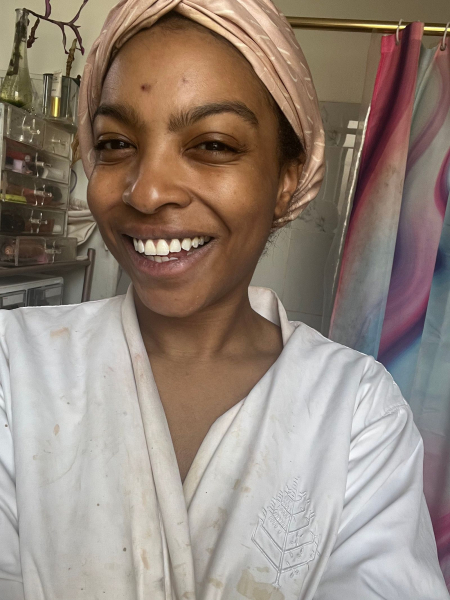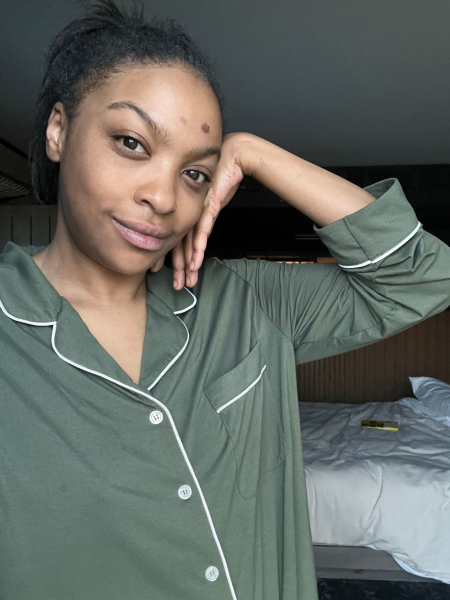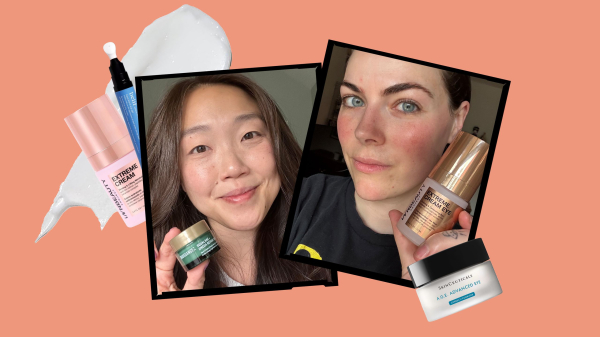 Collage: Paula Balondo; Source images: Courtesy of brandsSave this storySave this story
Collage: Paula Balondo; Source images: Courtesy of brandsSave this storySave this story
If the skin under your eyes has been looking dull, crepey, or dry lately, it is time to invest in one of the best hydrating eye creams. Your undereyes are thinner and more delicate than the rest of your face, which is why they’re usually the first place to show fine lines or puffiness. While your regular moisturizer can handle most of your skin’s needs, the eye area calls for something a little more targeted—think lighter textures, soothing ingredients, and formulas that won’t sting or migrate into your eyes. Whether you’re dealing with dark undereye circles, makeup settling into creases, or seasonal dryness, these editor- and derm-approved picks will help keep your undereyes plump, smooth, and hydrated.
Our Top Hydrating Eye Creams
- Best Overall: SkinCeuticals A.G.E. Advanced Eye, $125
- Best for Mature Skin: RoC Retinol Correxion Eye Cream, $30
- Best for Sensitive Skin: Biossance Squalane + Marine Algae Eye Cream, $56
- Best for Droopy Lids: Innbeauty Project Extreme Cream Eye, $48
- Best for Dry Skin: Belif Aqua Bomb Eye Gel, $32
- Best for Hyperpigmentation: Chantecaille Blanc Peony Eye Serum Dark Spot Corrector, $235
- Best for Puffiness: Isdin Isdinceutics Vital Eyes Night Eye Cream, $112
- Best Drugstore: CeraVe Eye Repair Cream, $20
Frequently Asked QuestionsLargeChevron
- What does an eye cream do that a facial moisturizer can't?
- Can hydrating eye creams reduce fine lines or dark circles, or do they just moisturize?
- What eye cream should I use if I have sensitive eyes??
- Meet the experts
- How we test and review products
- Our staff and testers
Best Overall: SkinCeuticals A.G.E. Advanced Eye

SkinCeuticals
A.G.E. Advanced Eye
SkinCeuticals
Dermstore
Bluemercury
Allure contributing commerce editor Deanna Pai applying the SkinCeuticals A.G.E Advanced Eye
Deanna Pai
Why it's worth it: A.G.E. isn’t just an ironic acronym—it stands for advanced glycation end-products, molecules that form when sugar binds to proteins like collagen and elastin, speeding up visible skin aging. The 2023 Best of Beauty Award-winning SkinCeuticals A.G.E. Advanced Eye cream targets this process with a blend of peptides for deep hydration, caffeine to reduce puffiness, and antioxidant-rich extracts from pomegranate and bilberry to brighten and protect. Other hydrating ingredients, such as glycerin and sorbitol, help keep the delicate undereye area smooth and supple. “With regular use, patients have definitely noticed a decrease in the appearance of fine lines around the eyes,” Lauren Penzi, MD, a board-certified dermatologist based in New York City, previously told Allure.
Tester feedback from contributing commerce editor Deanna Pai
LargeChevron
“I have really deep crow’s feet when I smile—the downside of having an expressive face—but this stuff has helped soften their look and keep them from getting further etched in when my face is at rest. It feels balmy and nourishing but not heavy, and I appreciate that it hasn’t seemed to exacerbate the milia around my eyes.” —Deanna Pai, contributing commerce editor
More to know
LargeChevron
- Key ingredients: caffeine, peptides, proxylane, flavonoids
- Fragrance-free: yes
- Ophthalmologist-tested: yes
Best for Mature Skin: RoC Retinol Correxion Eye Cream
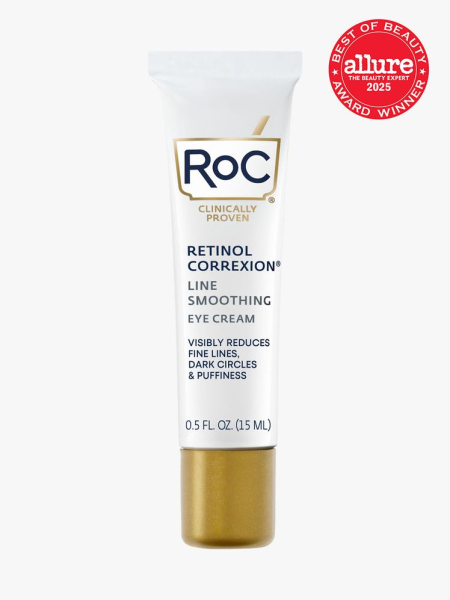
RoC
Retinol Correxion Eye Cream
Amazon
Ulta Beauty
Allure commerce editor Sarah Han applying the RoC Retinol Correxion Eye Cream
Sarah Han
Why it's worth it: Once upon a time, you could only get retinol with a doctor’s prescription—but RoC helped change that, being one of the earliest brands to introduce over-the-counter formulas. So, you can bet the brand knows a thing or two about retinols. The 2025 Best of Beauty Award-winning RoC Retinol Correxion Eye Cream pairs gentle yet effective retinol with moisture-replenishing ingredients like glycerin, panthenol, and vitamin E to “smooth fine lines, fade dark circles and hyperpigmentation, plus improve skin texture where it’s thinnest,” says Aegean H. Chan, a double board-certified dermatologist based in Santa Barbara, CA. The added hydrators help buffer the potential irritation from retinol while keeping the delicate undereye area moisturized and supple. Because retinol can increase sun sensitivity, “I recommend using it at night, layered with a thicker moisturizer to help reduce irritation, especially if you’re not already using facial retinols,” says Dr. Chan.
Tester feedback from commerce editor Sarah Han
LargeChevron
“RoC's eye cream has been a tried-and-true formula for many years now. I'm probably aging myself by linking to this review I wrote in 2021, but with the added years (I'm 32 now), my concerns about volume loss and creasing around the eyes are even more prevalent, so RoC's Retinol Correxion Line Smoothing Eye Cream has made its way back into my nighttime rotation. After all, not much can beat retinol in terms of wrinkle-reducing efficacy. I've never had any sensitivity using it either, perhaps because irritating-soothing glycerin is one of the top ingredients. All in all, this is a very affordable eye cream that outperforms many pricier formulas.” —Sarah Han, commerce editor
More to know
LargeChevron
- Key ingredients: retinol, glycerin, panthenol (pro-vitamin B5)
- Fragrance-free: yes
- Ophthalmologist-tested: not disclosed
Best for Sensitive Skin: Biossance Squalane + Marine Algae Eye Cream
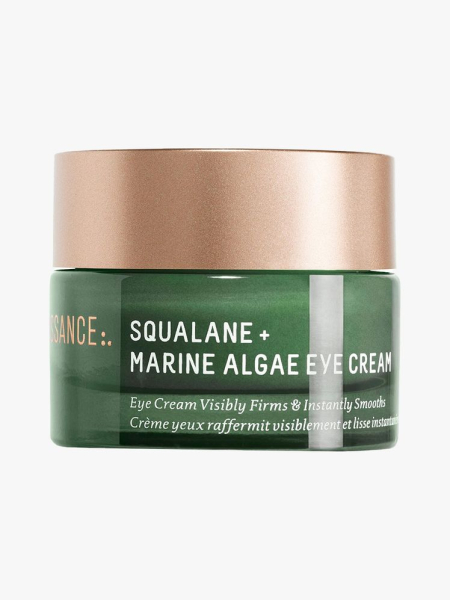
Biossance
Squalane + Marine Algae Eye Cream
Amazon
Sephora
Allure contributing commerce writer Christa Joanna Lee applying the Biossance Squalane + Marine Algae Eye Cream
Christa Joanna Lee
Why it's worth it: Recognized by the National Eczema Association, Biossance Squalane + Marine Algae Eye Cream is fragrance-free and packed with gentle ingredients like squalane, glycerin, and panthenol to hydrate and soothe without irritation. “Squalane, in particular, is a fantastic ingredient for supporting the skin barrier, which is why I like this eye cream for those with sensitive skin. It helps give the formula a lovely, light texture on application,” says Dr. Chan. Fun fact: The brand’s squalane is sustainably derived from sugarcane rather than traditional shark liver, making it a win for both your skin and the planet. With added peptides and sustainably sourced marine algae, this cream leaves the delicate eye area soft, calm, and subtly refreshed.
Tester feedback from contributing commerce writer Christa Joanna Lee
LargeChevron
“This eye cream feels incredibly smooth and silky; there’s absolutely no tugging on my sensitive undereyes. When my skin’s feeling extra dry, those fine lines tend to pop, but this delivers a deep dose of hydration that plumps everything right back up. I’ll admit, I wasn’t wild about the natural scent at first, but it fades almost instantly—and the buttery texture completely makes up for it.” —Christa Joanna Lee, contributing commerce writer
More to know
LargeChevron
- Key ingredients: squalane, algae, paracress extract, hyaluronic acid
- Fragrance-free: yes
- Ophthalmologist-tested: not disclosed
Best for Droopy Lids: Innbeauty Project Extreme Cream Eye

Innbeauty Project
Extreme Cream Eye
Sephora
Kohl's
Allure senior news editor Nicola Dall’Asen applying the Innbeauty Project Extreme Cream Eye
Nicola Dall'Asen
Why it's worth it: If your lids are starting to look a little saggy—or just feel dry and tired—Innbeauty’s Project Extreme Cream Eye brings them back to life. Hydration is key for droopy lids because well-moisturized skin looks firmer and more elastic. This ophthalmologist-tested formula combines humectants like glycerin and tremella mushroom extract that draw in moisture with emollients like squalane that lock it in, leaving skin soft and supple. It’s also loaded with peptides to help firm and tighten over time, while botanical extracts like Centella asiatica and paracress soothe and support elasticity.
Tester feedback from senior news editor Nicola Dall’Asen
LargeChevron
“This is the grocery store rotisserie chicken of eye creams: It's thick, juicy, and hits every time without fail. Given that it looks and feels more expensive than it actually is, I like to take my time with it as if I were a rich lady with all the time in the world for pampering. After washing and toning my face, I only need one pump to fully slather the area above and under both eyes. Then I slap on some silicone eye patches, pour a (probably too big) glass of wine, and let it get to work while I catch up on my shows. But regardless of whether I leave it on for five minutes or 30, I always come away with brighter and more retentive undereyes. In this tiring-AF time, that's more than I could ever ask for.” —Nicola Dall’Asen, senior news editor
More to know
LargeChevron
- Key ingredients: paracress, biomimetic peptides, bio-retinol, amino acids, snow mushroom
- Fragrance-free: yes
- Ophthalmologist-tested: yes
Best for Dry Skin: Belif Aqua Bomb Eye Gel

Belif
Aqua Bomb Eye Gel
Amazon
Ulta Beauty
Revolve
Allure senior director of audience development Lexi Herrick applying the Belif Aqua Bomb Eye Gel
Lexi Herrick
Why it's worth it: Just like its name suggests, Belif Aqua Bomb Eye Gel provides an instant splash of hydration—the kind that feels lightweight, absorbs fast, and leaves your undereyes looking plump and refreshed. This K-beauty favorite (and 2025 Allure Best of Beauty Award winner) doesn’t just hydrate: It brightens, firms, and wakes up tired eyes. Caffeine and hyaluronic acid team up to depuff and drench skin in moisture, while niacinamide and vitamin C help fade the look of dark circles. Meanwhile, adenosine and collagen visibly smooth and boost elasticity. Bonus: The pen-like applicator and cooling ceramic tip make it easy to get a refreshing pick-me-up anytime you need it.
Tester feedback from senior director of audience development Lexi Herrick
LargeChevron
“The applicator for this eye cream is incredibly smooth and easy to use. This is one of my favorite products to bring with me when traveling or on the go. It's so gentle and hydrating, instantly adding moisture to my undereyes. I also have very sensitive skin under my eyes, and this has never given me an ounce of irritation.” —Lexi Herrick, senior director of audience development
More to know
LargeChevron
- Key ingredients: caffeine, hyaluronic acid, niacinamide, vitamin C, adenosine, collagen
- Fragrance-free: yes
- Ophthalmologist-tested: yes
Best for Hyperpigmentation: Chantecaille Blanc Peony Eye Serum Dark Spot Corrector
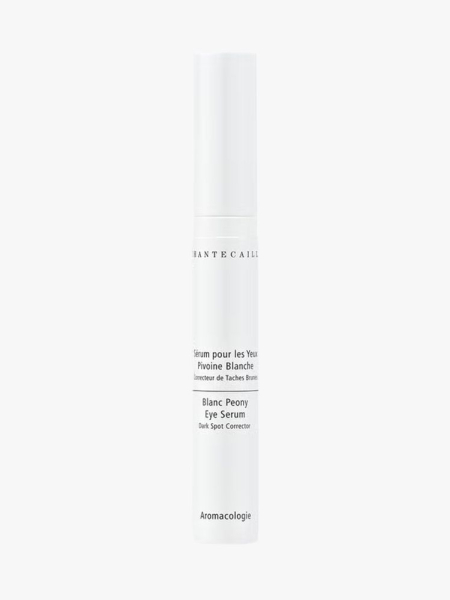
Chantecaille
Blanc Peony Eye Serum Dark Spot Corrector
Nordstrom
Dermstore
Bluemercury
Allure associate beauty director Sarah Kinonen applying the Chantecaille Blanc Peony Eye Serum Dark Spot Corrector
Sarah Kinonen
Why it's worth it: Let’s say it one more time for the people in the back: We love a cooling-tip applicator when it comes to eye creams. The Chantecaille Blanc Peony Eye Serum Dark Spot Corrector nails it on the chic design and luxe feel, but it’s also so much more than sleek packaging. Known for incorporating botanicals into nearly all their skin-care formulas, Chantecaille packs this brightening serum with white peony extract to help even tone and proprietary thiamidol to visibly fade dark spots over time. Ginger extract and peptides smooth and energize tired eyes, so the entire area looks more even in tone and texture.
Tester feedback from associate beauty director Sarah Kinonen
LargeChevron
“I’m…exhausted. Between the nonstop stream of horrific news and being back in the office four (!) days a week, my body just can’t catch up, and it’s beginning to show in the form of perpetual puffy undereyes. My only reprieve? Aside from some much-needed extra sleep, my tired undereyes are loving their new 30-second cooling treatment with the Chantecaille Blanc Peony Eye Serum every morning. Its metal applicator cools on contact as the lightweight fluid—made with brightening peony extract and anti-inflammatory niacinamide—glides right onto sleepy skin. Now, if only it could make me some coffee too." —Sarah Kinonen, associate beauty director
More to know
LargeChevron
- Key ingredients: white peony, bitter ginger extract, thiamidol, peptides
- Fragrance-free: yes
- Ophthalmologist-tested: not disclosed
Best for Puffiness: Isdin Isdinceutics Vital Eyes Night Eye Cream

Isdin
Isdinceutics Vital Eyes Night Eye Cream
Amazon
Dermstore
Han applying the Isdin Isdinceutics Vital Eyes Night Eye Cream
Sarah Han
Why it's worth it: Made to work while you snooze, Isdin Isdinceutics Vital Eyes Night Eye Cream syncs up with your skin’s natural overnight repair mode so you wake up looking a little more rested. A key ingredient, “caffeine, is excellent for helping limit water retention,” says Morayo Adisa, MD, a board-certified dermatologist in Chicago. While the formula taps caffeine’s depuffing powers, glycerin draws in hydration, shea butter locks it in, and rice extract helps smooth and soften delicate undereyes. The brand’s LiftFirm complex—a blend of red sea algae and evergreen tree extracts—helps firm and tighten the skin. There’s also melatonin, which adds an antioxidant boost, helping repair damage from daily stressors as you rest. Come morning, your eyes look brighter and noticeably less puffy.
Tester feedback from Han
LargeChevron
“I usually toss applicators as soon as I open packaging (sorry, not sorry), but this sizable metal ball actually adds to the experience, so it's staying! It's extra cooling, doubling as a massage tool as I circle around my eyes, and I find it actually helps the product sink in, so I barely have to use my finger pads at all. While you need to use an eye cream long-term to see more noticeable effects, I'm already quite impressed. After my first few uses, I didn't feel the need to apply concealer! (And I always feel like I need at least a dab under my eyes to hide discoloration and make me look awake, so this is major.)” —Sarah Han, commerce writer
More to know
LargeChevron
- Key ingredients: melatonin, LiftFirm (read sea algae and evergreen tree extract), rice extract, caffeine, red algae
- Fragrance-free: no
- Ophthalmologist-tested: not disclosed
Best Drugstore: CeraVe Eye Repair Cream
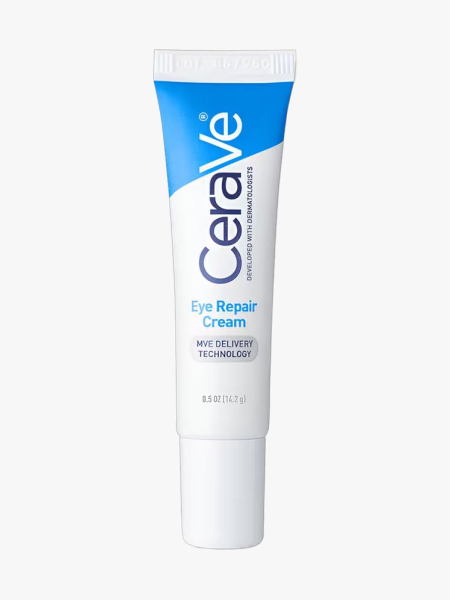
CeraVe
Eye Repair Cream
Amazon
Ulta Beauty
Why it's worth it: We appreciate it when a product name gets straight to the point, and CeraVe Eye Repair Cream does exactly what it promises. “This is a great option for those with dry and sensitive skin around the eyes, given the formulation includes barrier-supportive ingredients like ceramides and hyaluronic acid. I love the texture of this product; it’s very moisturizing but doesn’t feel too heavy. It provides a noticeable smoothing effect that works well under makeup. I also like this for a night treatment,” says Dr. Chan. It rivals pricier formulas for a fraction of the cost, making it the ultimate drugstore eye cream for restoring the undereye area while keeping it soft and resilient.
More to know
LargeChevron
- Key ingredients: ceramides, hyaluronic acid, niacinamide
- Fragrance-free: yes
- Ophthalmologist-tested: not disclosed
Frequently Asked Questions
What does an eye cream do that a facial moisturizer can't?
The main difference between an eye cream and a regular facial moisturizer comes down to the formulation. “The skin around the eyes is thinner, has fewer oil glands, and tends to be more sensitive,” says Dr. Chan. Because of that, eye creams are made with a lighter texture and gentler ingredients that are less likely to cause stinging or irritation—even if they migrate a bit into the eyes. Many are also ophthalmologist-tested to ensure they’re safe for use near such a delicate area. In short, while your moisturizer hydrates the rest of your face, an eye cream is carefully designed to nourish, protect, and smooth the skin where it matters most.
Can hydrating eye creams reduce fine lines or dark circles, or do they just moisturize?
“Eye creams often include specific active ingredients that can help with the common undereye complaints, in addition to moisturizing. Products with retinols and certain peptides can help improve skin texture, fine lines, and other skin changes associated with photodamage,” says Dr. Chan. These formulas are usually made with lower concentrations, so they’re gentle enough for the delicate eye area. Meanwhile, ingredients like hyaluronic acid, glycerin, and ceramides boost hydration and strengthen the skin barrier, while occlusives such as dimethicone lock in that moisture. So, a good eye cream does more than just plump the skin—it can also help soften fine lines, refine texture, and gradually brighten the undereye area.
What eye cream should I use if I have sensitive eyes?
If you have sensitive eyes, “it’s best to be cautious with products that contain strong actives, like retinoids, or potential irritants, such as fragrance. Because the skin around the eyes is more sensitive than elsewhere on the face, those ingredients can sometimes cause stinging or redness,” says Dr. Chan. When in doubt, patch-test any new eye cream on a small area for several days first to make sure your skin can handle it before applying it more widely.
Meet the experts
- Morayo Adisa, MD, a board-certified dermatologist based in Chicago
- Aegean H. Chan, a double board-certified dermatologist and medical director of California Dermatology Group based in Santa Barbara, CA
- Lauren Penzi, MD, a board-certified dermatologist based in New York City
How we test and review products
When Allure tests a product, our editors look at it from every angle in an effort to best serve you. We review ingredients, scrutinize brand claims, and, when necessary, examine peer-reviewed scientific and medical studies. In addition to testing each and every product that's included in each and every review, we rely on experts who shape their fields, including dermatology, cosmetic chemistry, and medicine, to help us vet the ingredients and formulas.
For our list of the best hydrating eye creams, we considered each product's performance across five primary categories: product ingredients and efficacy, packaging, fragrance, texture, and product wear. Every product was determined to have excelled in each category by our editorial team of in-house writers and editors, as well as contributors, along with special consideration from dermatologists. To learn more about our reporting and testing processes, read our complete reviews process and methodology page.
Our staff and testers
A beauty product is a personal purchase. You might be searching for a face cream to address persistent dryness or a new nail product to add to your Sunday self-care routine; you may simply be browsing around for the latest launches to hit the hair market. No matter what you seek or your individual needs and concerns, Allure wants to ensure that you love anything we recommend in our stories. We believe that having a diverse team of writers and editors—in addition to the wide range of outside testers and industry experts we regularly call upon—is essential to reaching that goal.
After all, can we really say a skin-care product is the "best" for people over 50 if the only testers we've solicited opinions from are folks who have yet to hit 30? Can we honestly deem a high-end diffuser worthy of your hard-earned cash if it's never been tested on curls? We're proud that our staff spans a wide range of ages, skin tones, hair textures, genders, and backgrounds, which means that we are able to fairly assess any beauty product that comes into the beauty closet.



